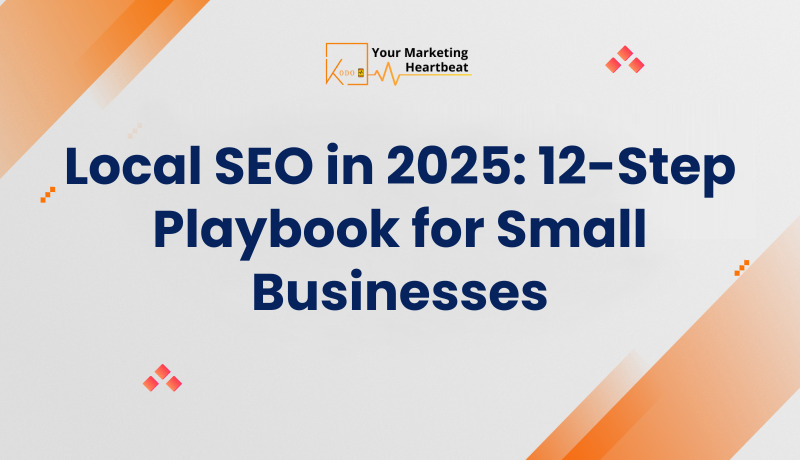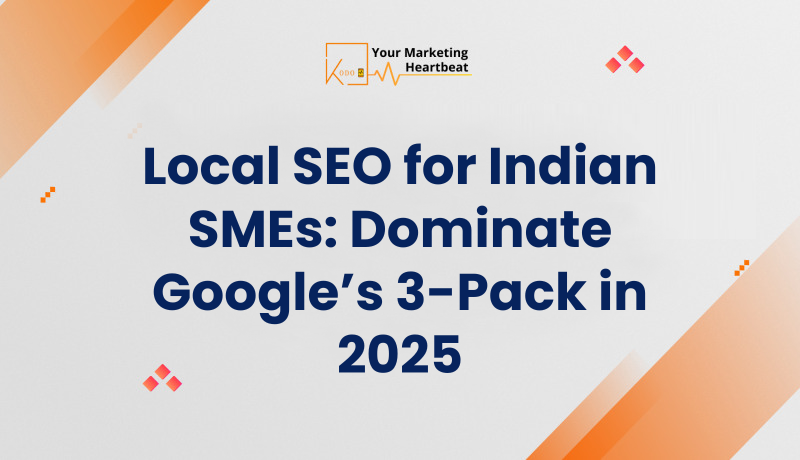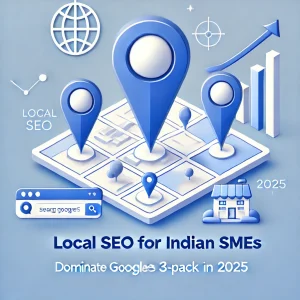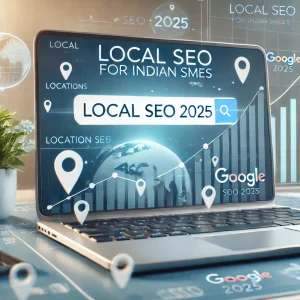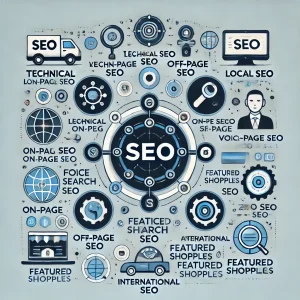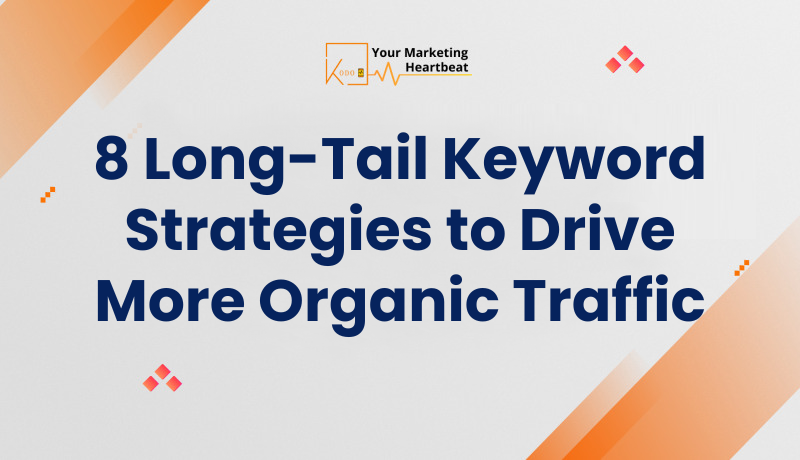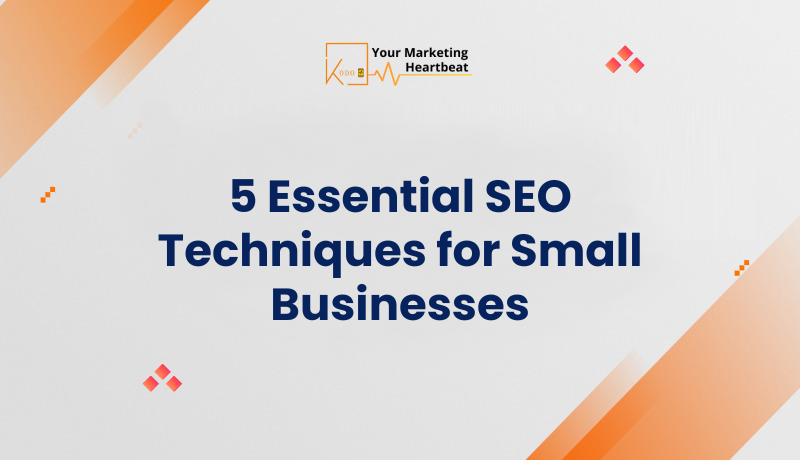
Google’s New AI Shopping Tools: What They Mean for Brands in 2025
Just in time for the holiday rush, Google has quietly dropped something very big for the future of online shopping.
Beyond normal search and Shopping ads, Google is rolling out a new set of AI-powered shopping tools that can:
-
Turn product search into a natural, conversational experience in AI Mode
-
Let AI agents track prices and complete purchases for users
-
Use a feature called “Let Google Call” to ring up local stores, check stock and share a summary back to the shopper

Most of these features are currently US-focused, and the local calling is limited to categories like toys, health and beauty and electronics. But Google has already said they’re working on broader merchant eligibility and international expansion. For brands, this is not just “one more feature”. It’s a clear signal that shopping is moving from “click and scroll” to AI-driven, answer-style journeys where the assistant does more of the work.
This blog breaks down what changed, what it means for ecommerce and local retailers, and how you should start preparing in 2025.
What Exactly Did Google Launch?
Let’s simplify the update into three core features.
1. Conversational Shopping in AI Mode
In AI Mode in Google Search, users can now describe what they want in natural language (“cozy minimal sneakers for daily office wear under $100”), and get back.
-
Curated product suggestions with images
-
Comparison tables for similar items
-
Prices, reviews and stock details pulled from Google’s Shopping Graph (which tracks over 50 billion product listings)
This is no longer just a list of links. It’s a structured answer that looks and feels like a mini buying guide inside search.
2. AI Agents for Price Tracking and Checkout
Google is rolling out an agentic checkout experience:
-
Users can track a specific product, with preferred size, colour and budget
-
When the price drops into that range, Google pings them
-
For eligible merchants, Google can then complete the purchase on the merchant’s site using Google Pay, after confirming details with the user
This is powered by Shopping Graph and Google’s payments stack, and is starting with merchants like Wayfair, Chewy, Quince and select Shopify sellers.
3. “Let Google Call” – AI Calling Local Stores
The most surprising feature from a local marketing angle is “Let Google Call”:
-
When users search for certain products “near me”, they may see a “Let Google Call” button
-
They answer a few questions (what product, budget, preferences)
-
Google’s AI (Duplex upgraded with Gemini) calls nearby stores, asks about stock, price and any promos
-
The AI then emails or texts the user a summary of what it found, plus local inventory info from Shopping Graph
Right now this is limited to specific categories and US markets, but Google expects to expand to more categories and markets over time.
Why This Update Matters So Much for Brands
1. Shopping Is Becoming Conversational
Users are moving from:
“best running shoes men size 9”
to:
“I need breathable running shoes for daily 5 km runs, under ₹5,000, that work on concrete”.
AI Mode is built exactly for that second kind of query.
If your product feeds, descriptions and reviews don’t answer real questions clearly, AI Mode will happily recommend someone else.
2. Google Is Becoming a Full Shopping Assistant
With price tracking and agentic checkout, Google is stepping deeper into the journey:
-
Discovery
-
Comparison
-
Decision
-
Price drop monitoring
-
Payment
As a brand, you’re no longer only fighting for a click. You’re fighting to be included in the AI’s recommendation set and then to be the merchant selected at checkout.
3. Local Stores Get an AI Upgrade
For local businesses, “Let Google Call” is basically an AI front desk:
-
It calls you to ask “Do you have this item? At what price? Any discounts?”
-
It shares that information back with the user as a neat summary
If your store data, staff responses and inventory are messy, that summary will not work in your favour.
What This Means for Ecommerce & Local Brands (Kodo POV)
Let’s connect the dots to what Kodo clients care about: performance, conversions and visibility.
1. Product Data and Feeds Matter More Than Ever
AI Mode’s suggestions and comparison tables are powered by Shopping Graph, which pulls from your product feeds, merchant centre data and site.
Poor data in = poor visibility out.
You’ll want to:
-
Keep titles, descriptions and attributes complete (size, colour, material, use case)
-
Use structured data and merchant centre best practices
-
Ensure prices, availability and variants are synced in near real-time
2. Answer-Style Content Wins Inside AI Mode
If AI Mode is effectively answering “What should I buy?” and “Which option is better for me?”, then brands need content that:
-
Explains differences clearly
-
Addresses typical objections (comfort, durability, fit, size, shipping)
-
Uses natural language people actually type or speak
Product pages, category pages and FAQ sections all become input for the AI’s shopping answers.
3. Local SEO + Operational Hygiene = “Let Google Call” Advantage
For Indian and global local businesses, future rollout of this feature will favour:
-
Stores with accurate addresses, hours and phone numbers
-
Staff trained to answer quick stock and price questions clearly
-
Inventory systems that mostly match reality
Because the AI call gives a summary (item available, price, offers), consistent and clear answers become a competitive factor.
How Brands Should Start Preparing Now
Even if you’re outside the US right now, this is a preview of where shopping is heading. Here’s how to get ahead.
1. Clean Up Your Product Catalogue
-
Standardise naming conventions, sizes, variants
-
Fill in missing attributes (gender, style, use case, fabric, specs)
-
Fix old SKUs and duplicate listings
The more structured your catalogue, the easier it is for Shopping Graph and AI Mode to understand where you fit.
2. Invest in High-Quality Product Info, Not Just Creatives
Think beyond pretty images:
-
Write descriptions that answer “Who is this best for?” and “When should I use it?”
-
Add comparison points: what makes this different from your other models?
-
Keep FAQs at product and category level updated
You’re essentially feeding the AI reasons to pick you when it builds that comparison table or answer.
3. Optimise for “Shopping Conversations”, Not Just Keywords
Brainstorm the kind of conversational queries your audience might ask:
-
“Gifts for new parents under ₹2,000 that feel premium”
-
“Office-appropriate sneakers for women that are comfortable all day”
-
“Skincare for oily skin that doesn’t feel sticky in humid weather”
Use these as inspiration when:
-
Writing blog and guide content
-
Creating category descriptions
-
Planning YouTube videos or Reels that rank in search
The closer your language is to real questions, the more useful your content becomes as training data.
4. Prepare Your Local Presence for “Let Google Call”
If you have physical stores or franchises:
-
Make sure your Google Business Profiles are accurate and complete
-
Train staff to answer inventory, price and promo questions clearly in one go
-
Keep a simple, updated inventory view accessible to whoever picks up the phone
When the AI calls, your store’s answers will quietly influence how often you appear in those “here’s what we found locally” summaries.
5. Think About Pricing Strategy in a World of Smart Price Tracking
Agentic checkout + price tracking means users will start thinking in terms of:
“This is my budget. Tell me when it fits.”
Brands will have to:
-
Plan promotional calendars more strategically
-
Decide which products are “okay to discount” vs “hold margin”
-
Pay attention to how price history and discount patterns appear in Google’s interfaces
How Kodo Kompany Can Plug Into This Shift
For Kodo clients (D2C, ecommerce, local + online hybrids), this update sits at the intersection of:
-
Performance marketing
-
Product and data hygiene
-
Content and AEO-style optimisation
-
Local SEO and operations
Typical support areas might include:
-
Product feed audits and optimisation for Merchant Center
-
Mapping conversational queries to content and category pages
-
Local SEO clean-up for stores expected to be called by AI
-
Campaign strategy that leans into AI Mode (e.g., feeding Google better assets, not just more budget)
Instead of just “running more ads”, we help brands be discoverable and chosen in these new AI surfaces.
FAQs: Google’s New AI Shopping Tools for Marketers
1. Are these new AI shopping features available outside the US?
Right now, most of the new tools—conversational shopping in AI Mode, built-in shopping in Gemini and agentic checkout—are focused on US users and eligible US merchants. The “Let Google Call” feature is also launching in the US in limited categories (toys, health and beauty, electronics) first. Google has said it plans to expand merchant eligibility and international reach over time, so this is important early warning for other markets.
2. As a brand, what can I control in AI Mode’s shopping results?
You can’t fully control AI Mode, but you can influence it by:
-
Keeping product feeds, prices and availability accurate
-
Providing rich product information and structured data
-
Earning good reviews and ratings
-
Creating helpful content that genuinely answers shopping questions in your niche
AI Mode relies heavily on Shopping Graph and the quality of the data it sees from you and your competitors.
3. Will AI agents replace traditional Shopping ads?
Not in the short term. These new tools sit alongside existing Shopping ad formats. You will still run Performance Max, Shopping campaigns and Demand Gen. What changes is where and how users make decisions. Over time, we can expect Google to blend paid placements into these AI experiences, so ad asset quality and feed optimisation become even more important.
4. How should local stores respond to “Let Google Call”?
Treat it as a new kind of lead:
-
Make sure whoever answers your phone can quickly check stock, prices and offers
-
Keep inventory systems reasonably up to date
-
Ensure your business hours and phone numbers are correct on Google Business Profile
If the AI repeatedly gets bad or confusing answers from your store, you may gradually lose visibility to competitors who respond more clearly.
5. What’s the single most important thing to do right now?
If you had to prioritise, start with product and data hygiene:
-
Audit your product feeds and website product data
-
Fix missing attributes, broken variants, wrong prices or outdated stock
-
Align your content and copy with real-world shopper questions
Once your foundation is clean, every AI-driven surface—AI Mode, Gemini shopping, agentic checkout, “Let Google Call”—has a better chance of treating your brand as a reliable option.

